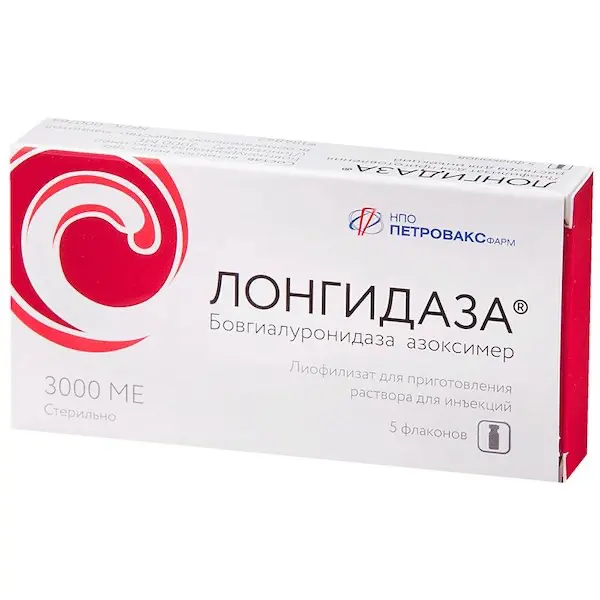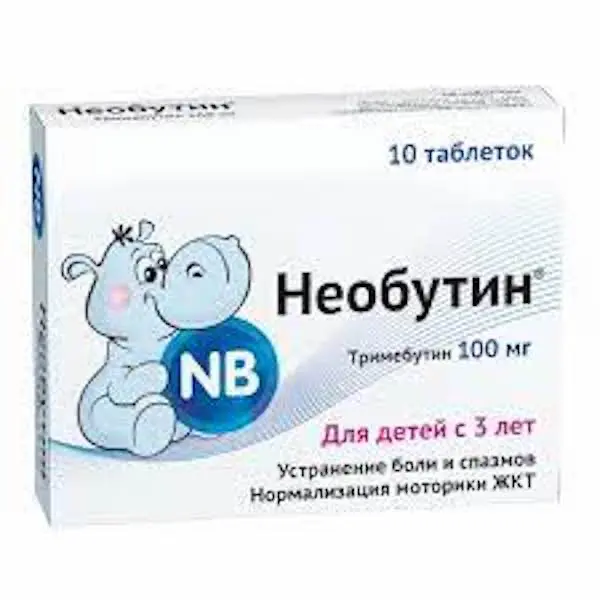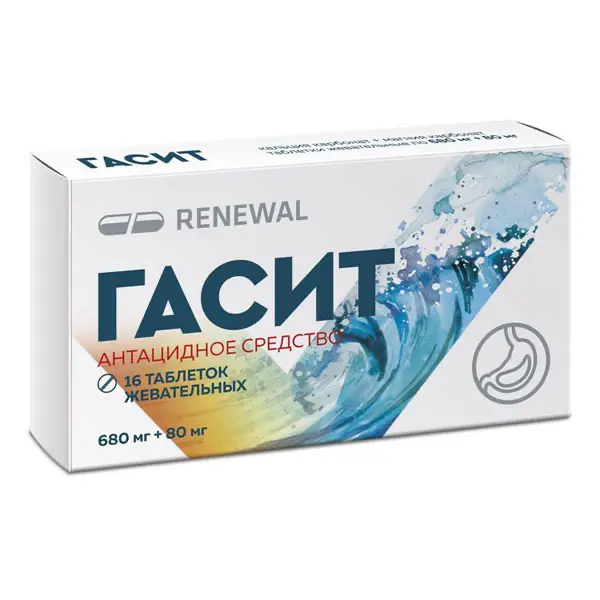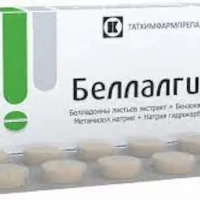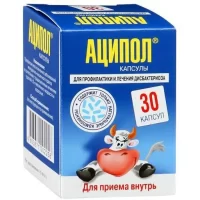Description
Longidase Pharmacodynamics
Bovgialuronidase azoximer is a conjugate of the proteolytic enzyme hyaluronidase with a high molecular weight carrier from the group of N-oxide derivatives of poly-1,4-ethylenpiperazine. Bovgialuronidase azoximer possesses the entire spectrum of pharmacological properties inherent to drugs with hyaluronidase activity.
The specific substrate of hyaluronidase is glycosaminoglycans (hyaluronic acid, chondroitin, chondroitin-4-sulfate, chondroitin-6-sulfate) – the “cementing” substance of connective tissue. As a result of hydrolysis (depolymerization) decreases the viscosity of glycosaminoglycans, the ability to bind water and metal ions. As a consequence, tissue permeability increases, their trophicity improves, edema decreases, hematomas are resolved, the elasticity of scarred and deformed areas increases, contractures and adhesions are eliminated, and joint mobility increases. The effect is most pronounced in the initial stages of the pathological process.
The clinical effect of Bovgialuronidase azoximsr is much higher than that of native hyaluronidase. Conjugation increases the resistance of the enzyme to the action of temperature and inhibitors, increases its activity and leads to prolonged action. The enzymatic activity of Bovgialuronidase azoximer persists when heated at 37 °C for 20 days, while native hyaluronidase under the same conditions loses its activity within a day. Bovgialuronidase azoximer also retains the pharmacological properties of a carrier with chelating, antioxidant, anti-inflammatory and immunomodulatory activity. Bovgialuronidase azoximer is able to bind iron ions released during hydrolysis of glycosaminoglycans – activators of free-radical reactions, hyaluronidase inhibitors and stimulators of collagen synthesis, and thereby inhibit the reverse reaction aimed at the synthesis of components of connective tissue. Polytropic properties of Bovgialuronidase azoximer are realized in the pronounced antifibrotic action experimentally proved by biochemical, histological and electron microscopic studies on the model of pneumofibrosis.
Bovgialuronidase azoximer regulates (increases or decreases depending on the initial level) the synthesis of inflammatory mediators (interleukin-1 and tumor necrosis factor-alpha), can weaken the acute phase of inflammation, increase the humoral immune response and resistance to infection. These properties allow using Bovgialuronidase azoximer during or after surgical treatment in order to prevent rough scarring and adhesions.
The use of Bovgialuronidaza azoximer in therapeutic doses during or after surgical treatment does not cause deterioration of the postoperative period or progression of the infection process; it does not delay bone tissue recovery. Bovgialuronidase azoximer when co-administered subcutaneously or intramuscularly increases absorption of drugs, accelerates pain relief during administration of local anesthetics.
Bovgialuronidase azoximer belongs to practically non-toxic compounds, does not disturb normal functioning of the immune system, does not affect reproductive function of male and female rats, pre- and postnatal development of offspring, has no mutagenic and carcinogenic effect. It has been experimentally proved that Bovgialuronidase azoximer has reduced irritant and allergic properties of the hyaluronidase enzyme. In therapeutic doses Bovgialuronidase azoximer is well tolerated by patients.
Indications
Adults in the treatment and prevention of diseases accompanied by connective tissue hyperplasia:
– In gynecology – treatment and prevention of adhesions in the pelvis in inflammatory diseases of the internal genitalia, including tuboperitoneal infertility, intrauterine synechiae, chronic endometritis;
– In urology – treatment of chronic prostatitis, interstitial cystitis;
– In surgery – treatment and prevention of adhesions after surgical interventions on the abdominal cavity and long-term non-healing wounds;
– in dermatovenerology and cosmetology – treatment of limited scleroderma, non-infectious onychodystrophy, keloid, hypertrophic scars after pyoderma, injuries, burns, operations, acne vulgaris of II-IV stage with scar deformities (postacne);
– in pulmonology and phthisiology – treatment of pneumosclerosis, fibrosing alveolitis, tuberculosis (cavernofibrous, infiltrative, tuberculoma);
– in rheumatology – treatment of joint contractures, including Dupuytren’s and flexion tendon contractures, hand contractures, arthrosis, ankylosing spondyloarthritis, hematomas;
– to increase bioavailability – when concomitant use of antibacterial drugs in urology, gynecology, surgery, dermatovenerology, pulmonology, to enhance the effect of local anesthetics.
Contraindications
– Hypersensitivity to bovgialuronidaza azoximer and other components of the drug;
– Acute infectious conditions without combined use of antimicrobial agents;
– pulmonary bleeding and hemoptysis;
– fresh vitreous hemorrhage;
– malignant neoplasms;
– acute renal failure;
– Under 18 years of age (data on efficacy and safety are not available);
– Pregnancy and breast-feeding.
Contraindications for administration of the drug with physiotherapeutic procedures:
– Hypersensitivity to laser radiation and ultrasound exposure.
– Photodermatitis.
– Taking steroid hormonal drugs by the patient.
– Inflammatory process in the joints area.
– Somatic diseases in which physical therapy procedures are contraindicated.
Dosage and administration
- Longidaza® is applied: subcutaneously, intramuscularly, externally.
- Methods of application are chosen by a doctor depending on the diagnosis, severity and clinical course of the disease.
- Solution preparation:
1. For subcutaneous or intramuscular administration the contents of the bottle of Longidase® 3000 ME are dissolved in 1.0-2.0 ml of 0.5% procaine (novocaine) solution. If procaine (novocaine) is intolerant, Longidase® preparation is dissolved in the same volume of 0.9% sodium chloride solution for injections or water for injections.
2. 2. When used with photophoresis for onychodystrophy treatment, the contents of the bottle of Longidase® 3000 ME are diluted in 0,5 ml of distilled water, dissolved during 3-4 minutes, then 1 drop (about 300 ME of Longidase®) is applied on distal phalanges of the fingers.
3. For photophoresis or ultra-phonophoresis in treatment of acne, 1 bottle of Longidase® 3000 ME is diluted in 2-5 ml of gel for ultrasound (“Mediagel-T”) and applied to the lesion area.
4. To apply the drug by ultrasound in the treatment of contractures, the contents of the vial with Longidase® 3000 ME is dissolved in 1.0 ml of physiological solution, mixed with 5-7 g of Vaseline and applied to the area of the scar.
5. When used to increase bioavailability the contents of the vial of Longidase® 3000 ME is dissolved in 2.0 ml of sodium chloride 0.9% solution for injection. - The solvent should be introduced into the vial slowly, wait 2-3 minutes, mix gently without shaking to avoid foaming the protein.
- Prepared solution for parenteral administration should not be stored.
- Do not give intravenously!

